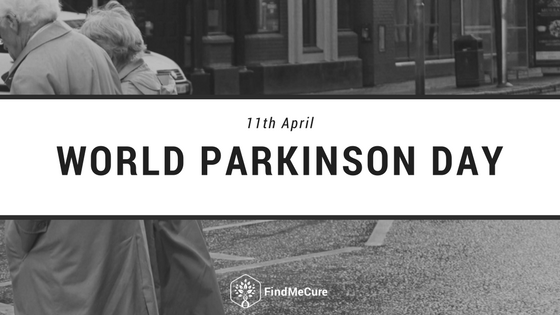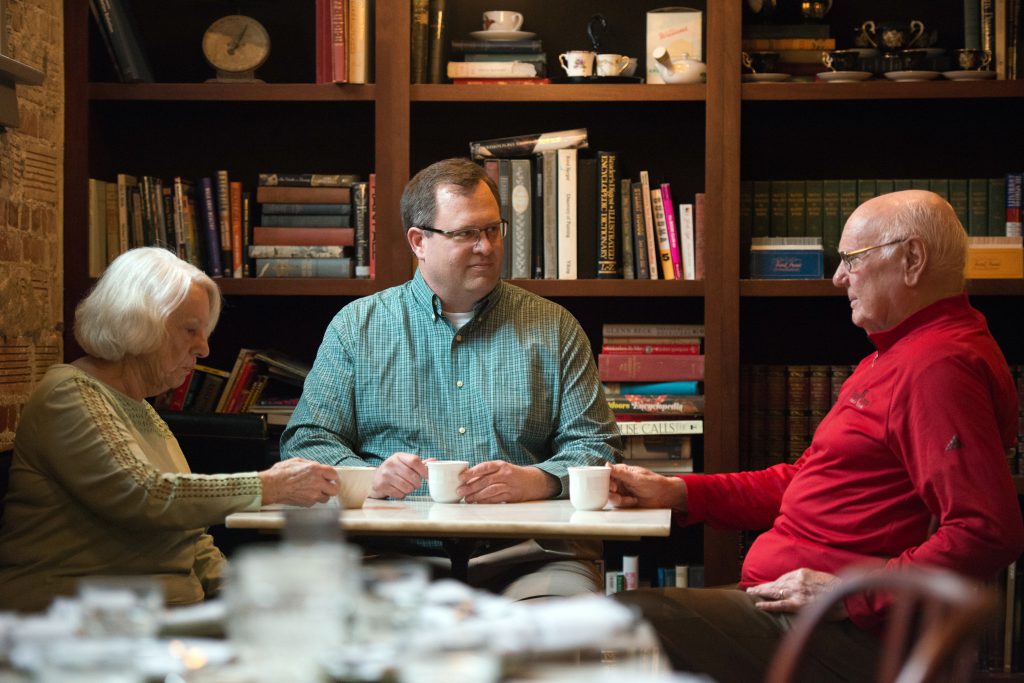What Direction Clinical Research Has Taken To Find A Cure For Parkinson’s Disease?

I remember that Christmas I spent with my extended family a few years ago, shortly after my grandfather was diagnosed with Parkinson’s disease. I remember thinking how “normal” he seemed like nothing has really changed. When he mistook me for my mother, I wasn’t fast to lose my positivity – if that was all, I kept thinking, things are not that bad. Everyone was patient with him, though I could see the sadness in my mom’s eyes. A few instances of diluted memory later and celebrations were over, and we had to go. It was the last I saw of my grandfather before the stroke. Now, because of the neurodegeneration caused by Parkinson’s disease, he’s having an even harder time recovering from the stroke and I’m not sure he recognizes any of us anymore.
We are sharing this this story, because World Parkinson’s Day is upon us and it urges us to unite for Parkinson’s, to raise awareness and share our experiences – because it is experience that connect us. World Parkinson’s Day fall on the 11th of April to commemorate Dr. J Parkinson’s birthday and it aims to educate the public about Parkinson’s disease. However, we at FindMeCure wanted to put a different spin on the subject – to evaluate what has been done in terms of developing treatments and the direction clinical research has taken in recent years.
Back in the day, when the storyteller’s grandfather was first diagnosed, he had no awareness of clinical trials – no one in their family did. This is why FindMeCure is so passionate about sharing the ins and outs of medical research progress with you. New options are being investigated every day and it’s not so far into the future that they can benefit people whose situation may seem hopeless now.
The three paths
When it comes to Parkinson’s disease clinical trials, there are three distinct paths medical researchers are focusing on. One is repurposing drugs, meaning investigating drugs used for the treatment of other diseases which, however, show promise for the treatment of Parkinson’s disease as well. The second line of research is all about cell transplantation, employing stem cells in repairing the neurodegeneration. And the third path scientists are taking is also regenerative, but relying on dopamine cells regrowth instead. Let’s take a closer look at each one of them.
Old drugs, new possibilities
The Cure Parkinson’s Trust funds the Linked Clinical Trials Initiative to repurpose old drugs for the treatment of Parkinson’s disease. The committee involved in the project annually chooses already available drugs and treatments to put in clinical trials for assessing their efficacy in the treatment of Parkinson’s disease. They look for drugs that meet certain criteria like safety and ability to pass the blood-brain barrier. These drugs include:
Exenatide, a type 2 diabetes drug that shows promise for neuroprotection in the lab. But that’s not all – exenatide also shows good results in Parkinson’s disease patients given the drug over the course of a year, compared to the control group, namely they perform better at motor tests than the ones given placebo. Prof. Tom Foltynie even goes as far as to say that the drug shows potential for modifying the disease itself, not just relieving the symptoms like many drugs on the market do[1].
Nilotinib is a biologic targeting the protein c-Abl and it also shows disease-modifying potential, at least according to the preliminary results from a small Georgetown University study. Nilotinib could potentially slow down PD progression and naturally, as of 2017, there are two clinical trials assessing the drugs safety and true potential when it comes to repurposing it, as well as ongoing research on developing c-Abl inhibitors.
Cell replacement therapy
This type of therapy might be the future of treating neurodegenerative diseases. The Cure Parkinson’s Trust is funding two kinds of trials on that: one, led by Prof. Roger Barker, investigating stem cells as a treatment and addressing previous ambiguous results from other clinical trials. And another one, led by Dr. Tilo Kunath, from the University of Edinburgh, proving a detailed look at the best methods of tissue preparation and delivery when it comes to treating Parkinson’s disease.
Regenerative trials
Regenerative trials, on the other hand, have much of the same logic behind them as cell replacement therapy, however, they adopt a different approach. You see, the death of cells producing dopamine in an area of the brain is what causes Parkinson’s disease. And although we don’t know yet what causes the death of those cells, it follows that if we can somehow repair the damage either by introducing new cells (stem cells to be specialized) or by stopping the death of the existing cells, we can modify the disease.
As you can guess, the regenerative trials go with the second approach. Glial Derived Neurotrophic Factor (GDNF) is the name of a molecule thought to be able to stimulate neuron regrowth in PD. So, what is left to be tested is the best mechanism to deliver this molecule at exactly the correct amount and part of the brain.
These drugs and therapies weren’t around when my grandfather got sick and they probably won’t reach us, people outside clinical trials, for a bit more time. But they will be here eventually. Maybe they’ll reach someone else on time.
If there’s the slightest chance to make the distance between patients and medical advancements shorter, we at FindMeCure are more than happy to build that bridge.
[1] https://www.cureparkinsons.org.uk/news/bydureonresults
Article by Nelly Katsarova


Are you guys following the Kennedy Center Honors? Linda Ronstadt got an award. I’m so happy for her. Her battle with Parkinson’s disease is really inspiring.